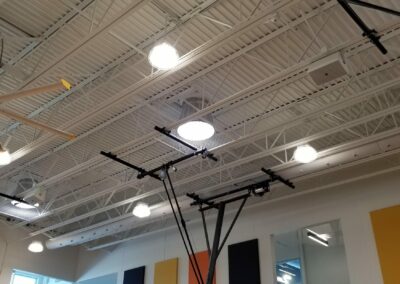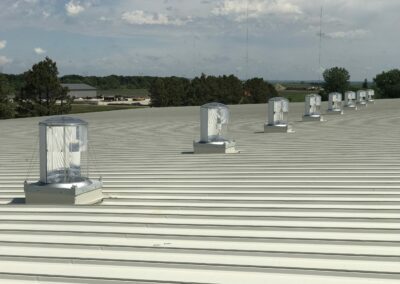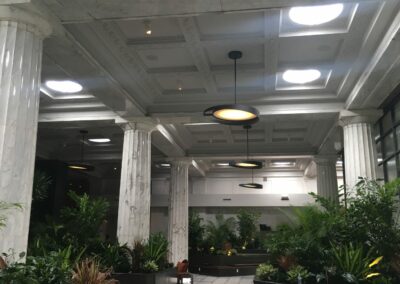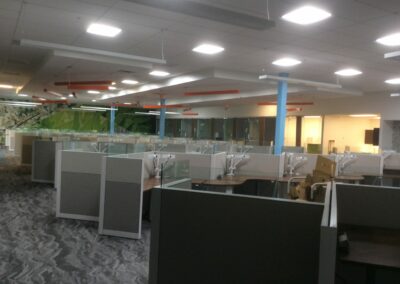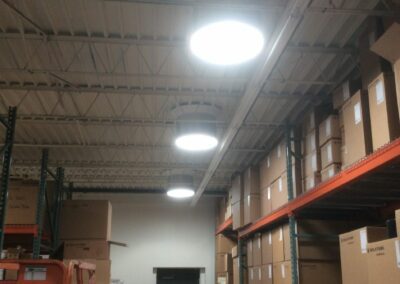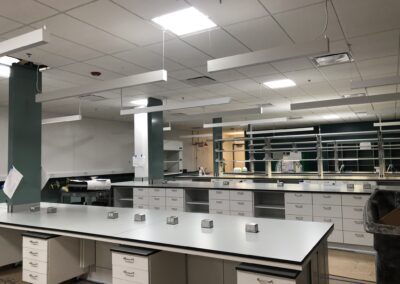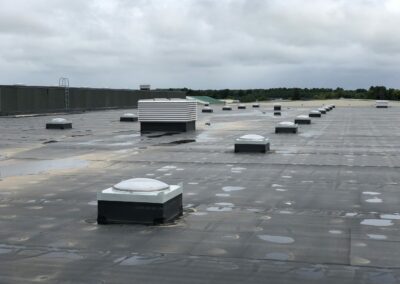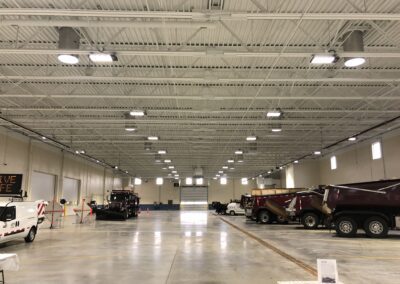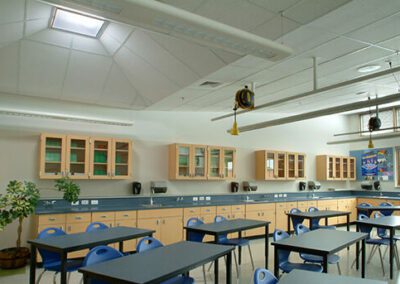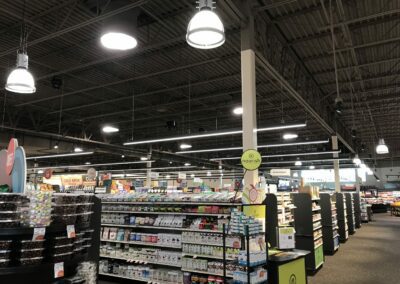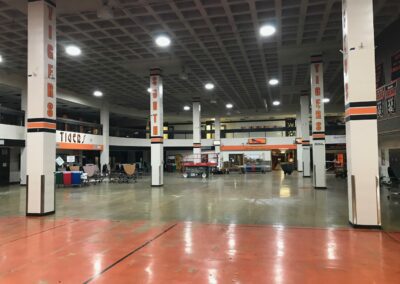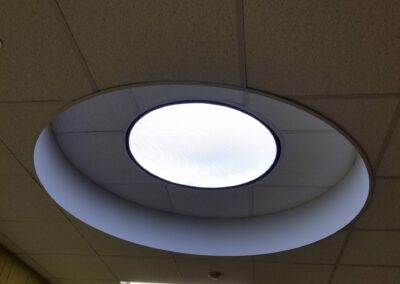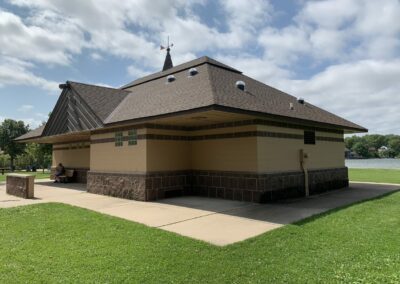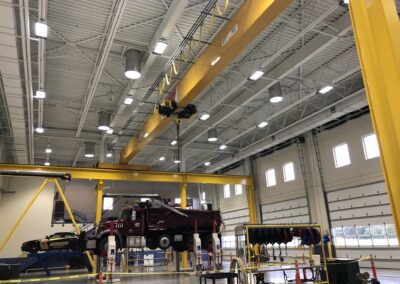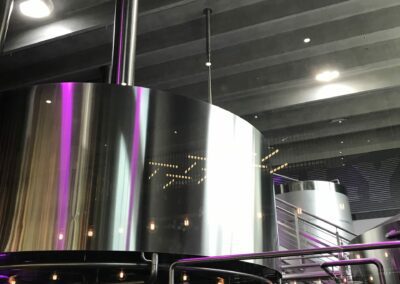Architects
Why Architects Choose Natural Daylight
We understand that in addition to meeting the goals and expectations of their clients, architects and other design professionals strive to create beautiful, highly functional, and memorable buildings. By incorporating daylighting into your designs, you can create both beauty and value, and provide the desired “wow factor” that leads to brighter, healthier buildings, happier clients, and a reputation for excellence.
At Daylight Specialists, our daylighting experts are here to help you with every aspect of the design process. Each client is unique, and our level of involvement is entirely dependent on your needs.
How We Help Architects
Our design team works closely with architects and design professionals to help them:
- Design spaces that provide healthier, happier environments for clients
- Understand the function of bringing daylight into a space
- Achieve LEED or other green design objectives
- Bring out the true color and beauty of their design through daylighting
- Support their design work and make their job easier
Why Daylight Specialists?
Our breadth of product expertise and knowledge of design allows us to provide the optimum solutions to your design challenges. We have the right products to achieve your desired function and aesthetic, and the expertise to make sure that the project is done right. But our value does not stop at our product line offerings.
We pride ourselves in always having more to offer our clients by sharing our knowledge and expertise.
Daylight Specialists offers AIA and USGBC-approved continuing education courses, and we can design a customized webinar to deliver to your staff on our products, solutions, and market news. We make sure your team has the specific knowledge necessary to stay in front of design trends and practices. As the workplace environment continues to see remote and hybrid workplaces, we’re ready to accommodate your employees wherever they are. Our trainings can be provided in-office or online and can accommodate a flexible schedule.
Architects already know all the benefits of incorporating more daylight into buildings. Partner with the experts, Daylight Specialists, to realize those benefits for your clients.
The Art and Science of Daylighting
Daylighting is both an art and a science, demanding a deep understanding of the interplay between light, architecture, and human perception. As an architect, you have the ability to skillfully manage this challenge. A well-designed daylighting scheme can profoundly impact a building’s functionality, aesthetic appeal, and the well-being of its inhabitants. It is a powerful tool that transcends mere illumination, shaping experiences and emotions within a space.
Benefits Beyond Illumination
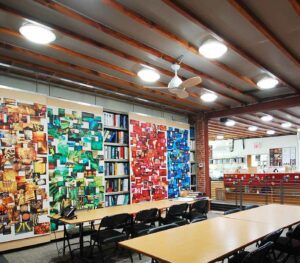 The advantages of adeptly harnessing natural light extend far beyond energy savings. Natural daylight has a profound impact on the physical, mental, and emotional well-being of building occupants. Studies have demonstrated that exposure to natural light can enhance mood, reduce stress levels, and improve overall cognitive function. This means that in spaces designed with ample natural light, occupants are likely to experience increased productivity, heightened creativity, and an overall greater sense of well-being. By prioritizing daylighting in your architectural designs, you have the opportunity to craft environments that not only conserve energy but also genuinely enhance the quality of life for those who inhabit them.
The advantages of adeptly harnessing natural light extend far beyond energy savings. Natural daylight has a profound impact on the physical, mental, and emotional well-being of building occupants. Studies have demonstrated that exposure to natural light can enhance mood, reduce stress levels, and improve overall cognitive function. This means that in spaces designed with ample natural light, occupants are likely to experience increased productivity, heightened creativity, and an overall greater sense of well-being. By prioritizing daylighting in your architectural designs, you have the opportunity to craft environments that not only conserve energy but also genuinely enhance the quality of life for those who inhabit them.
Biophilic Design and Daylighting
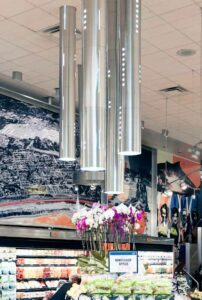 Biophilic design seeks to connect people with the natural environment by incorporating elements of nature into the built environment. It is based on the idea that humans have an innate affinity for nature, and by incorporating natural elements such as natural light, plants, water, and natural materials into spaces, it can improve the well-being, health, and productivity of occupants. Biophilic design aims to create environments that evoke a sense of tranquility, connection, and harmony with nature, ultimately enhancing the quality of life for those who inhabit or interact with the designed spaces.
Biophilic design seeks to connect people with the natural environment by incorporating elements of nature into the built environment. It is based on the idea that humans have an innate affinity for nature, and by incorporating natural elements such as natural light, plants, water, and natural materials into spaces, it can improve the well-being, health, and productivity of occupants. Biophilic design aims to create environments that evoke a sense of tranquility, connection, and harmony with nature, ultimately enhancing the quality of life for those who inhabit or interact with the designed spaces.
Biophilic design finds a crucial ally in daylighting. It serves as a vital conduit between constructed spaces and the organic world. By introducing the dynamic interplay of sunlight patterns, architects have the power to foster a profound sense of harmony and calmness among those who inhabit the space. This conscious interaction with natural elements aligns spaces with the innate human affinity for the environment.
Human-centric Design Principles
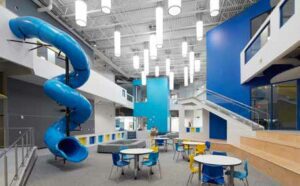 Daylighting design hinges on understanding human needs and behaviors. It involves strategically positioning windows, skylights, and other apertures to maximize the penetration of natural light while minimizing glare and unwanted heat gain. Techniques such as light shelves, clerestory windows, and light-diffusing materials serve as your artistic brush strokes, manipulating light to create dynamic, visually pleasing spaces.
Daylighting design hinges on understanding human needs and behaviors. It involves strategically positioning windows, skylights, and other apertures to maximize the penetration of natural light while minimizing glare and unwanted heat gain. Techniques such as light shelves, clerestory windows, and light-diffusing materials serve as your artistic brush strokes, manipulating light to create dynamic, visually pleasing spaces.
Sustainability and Energy Efficiency
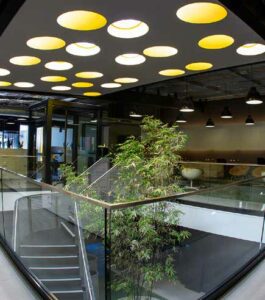 In our current era of heightened environmental awareness, sustainable design practices have transitioned from being optional to imperative. Architects now navigate a landscape where energy efficiency is just one aspect of a broader commitment to creating spaces that prioritize the well-being of their inhabitants. This evolution in architectural philosophy is underscored by prominent movements like the WELL Building Standard, LEED, and the Living Building Challenge, signaling a collective shift towards holistic design strategies that emphasize the impact on human health and comfort.
In our current era of heightened environmental awareness, sustainable design practices have transitioned from being optional to imperative. Architects now navigate a landscape where energy efficiency is just one aspect of a broader commitment to creating spaces that prioritize the well-being of their inhabitants. This evolution in architectural philosophy is underscored by prominent movements like the WELL Building Standard, LEED, and the Living Building Challenge, signaling a collective shift towards holistic design strategies that emphasize the impact on human health and comfort.
Daylighting stands out as a key component in this transformative approach to architecture. More than just a strategy to reduce artificial lighting and energy consumption, daylighting plays a vital role in enhancing the overall well-being of building occupants. The realization that well-lit spaces positively influence mood, productivity, and satisfaction has become a driving force behind contemporary design decisions. This dual commitment to sustainability and human-centric design marks a progressive and impactful approach to shaping the built environment of the future.
Integration with Technological Advancements
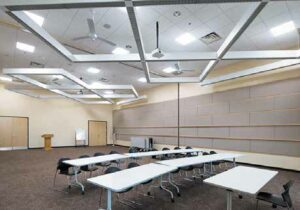 The marriage of cutting-edge technology with daylighting design has opened up new frontiers. Advanced glazing systems, dynamic shading devices, and daylight-responsive lighting controls offer architects a palette of tools to fine-tune the quality and quantity of natural light within a space.
The marriage of cutting-edge technology with daylighting design has opened up new frontiers. Advanced glazing systems, dynamic shading devices, and daylight-responsive lighting controls offer architects a palette of tools to fine-tune the quality and quantity of natural light within a space.
These technologies empower architects to craft environments that adapt to varying daylight conditions, ensuring optimal comfort and energy efficiency.
Overcoming Design Challenges
 Daylighting design is not without its challenges. Urban environments, constrained building footprints, and specific programmatic requirements often present hurdles to achieving optimal daylighting. However, these challenges can be transformed into opportunities for innovation. Techniques like light redirection systems, tubular daylighting devices, and innovative façade designs enable architects to overcome spatial limitations and bring natural light to even the most confined spaces.
Daylighting design is not without its challenges. Urban environments, constrained building footprints, and specific programmatic requirements often present hurdles to achieving optimal daylighting. However, these challenges can be transformed into opportunities for innovation. Techniques like light redirection systems, tubular daylighting devices, and innovative façade designs enable architects to overcome spatial limitations and bring natural light to even the most confined spaces. Daylight Specialists Gallery
Explore some of our recent daylight projects:
Contact Daylight Specialists
As an architect, you hold the power to shape environments that not only stand as testaments to human ingenuity but also serve as sanctuaries of well-being and inspiration. Daylighting is your tool to infuse spaces with life, enhance the human experience, and create buildings that resonate with the natural world. By embracing the principles and practices of daylighting, you embark on a journey towards architectural excellence that transcends the boundaries of structure and becomes a testament to your commitment to the well-being of both occupants and the planet.
Since 2009, the team at Daylight Specialists has been helping architects and other design professionals create designs that incorporate beautiful natural light into their projects. We serve clients in Minnesota, North Dakota, South Dakota, and Western Wisconsin across various markets. Learn how we can help you achieve your building goals, educate yourself and your team, and stay up to date on all things daylighting — contact Daylight Specialists today.
From Vision to Reality: The Daylight Specialists Process
In architecture and construction, the integration of natural light into building design has become increasingly significant. The benefits of daylighting extend beyond aesthetics, providing energy efficiency, enhancing occupant well-being, and reducing environmental...
Integrating Daylighting in Historic Renovations: Preserving the Past, Illuminating the Future
When renovating historic buildings, preserving their essence while integrating modern amenities presents a unique challenge. One critical aspect of modernizing historic buildings is the incorporation of natural daylight. This blog explores how integrating daylighting...
The Psychological Impact of Daylighting in Work Environments
In the modern workplace, where employees often spend long hours indoors, the quality of the environment can significantly impact their well-being and productivity. One crucial element that has garnered increasing attention is daylighting. At Daylight Specialists, we...

